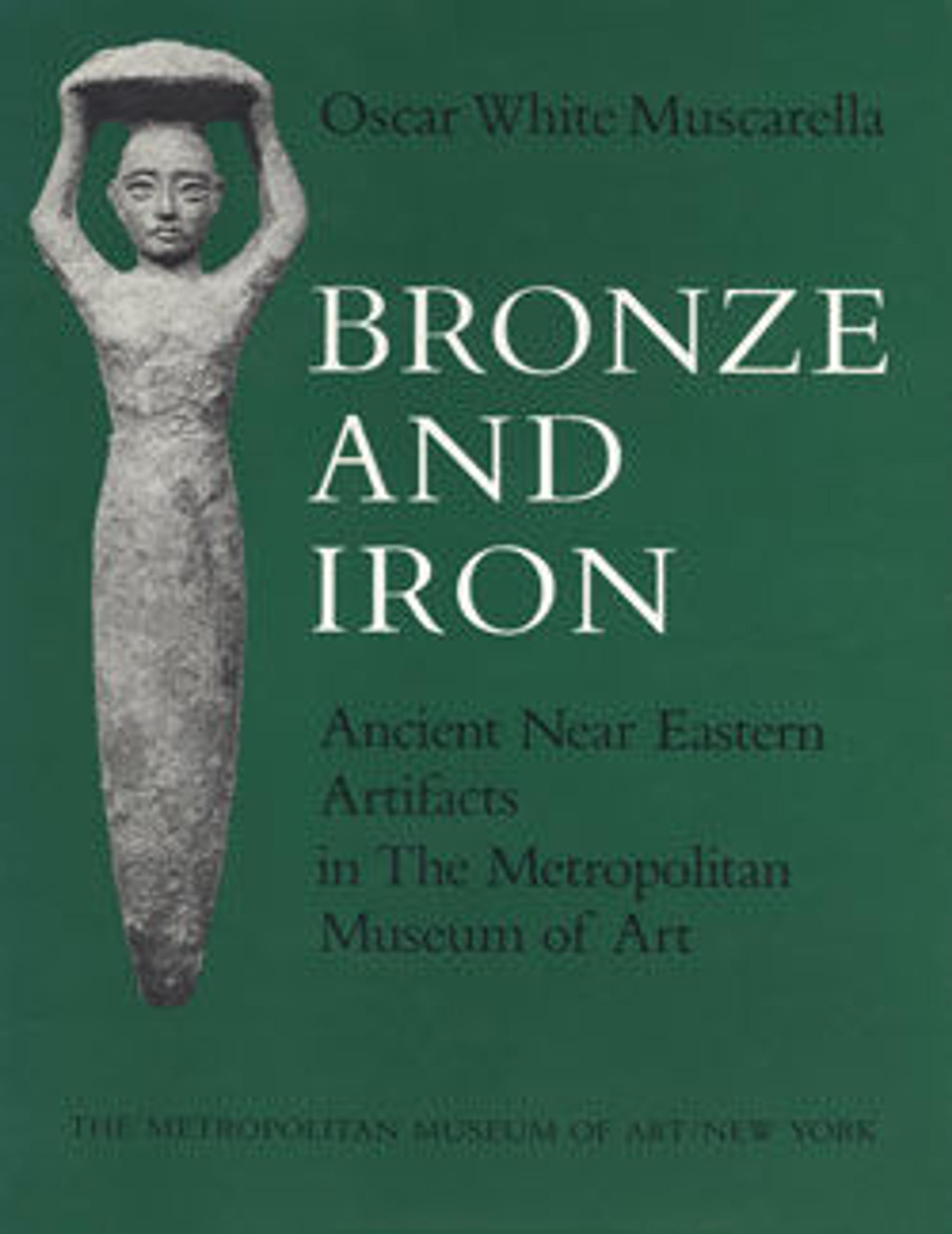Arrowhead
This is a bronze socketed trilobate (i.e., ‘three-bladed’) arrowhead. It was discovered in an unstratified context at the Tall-i Takht at Pasargadae, about 55 miles northeast of Shiraz, Iran. Pasargadae was founded by Cyrus the Great (reigned ca. 550-530 B.C.) as the first capital of the Achaemenid Persian Empire. Trilobate arrowheads were once associated with the Scythians and Cimmerians, nomadic peoples from the Eurasian steppe who invaded the Near East in the 8th century B.C. However, this type of arrowhead appears far and wide in space and time, indicating it was widely used in the ancient Near East, doubtless on account of its efficacy at piercing armor. More than 3000 of them were found at Persepolis, which replaced Pasargadae as the Achaemenid capital, suggesting that this was the standard type of arrowhead used by the Persians.
Artwork Details
- Title: Arrowhead
- Date: 4th–3rd century BCE
- Geography: Iran, Pasargadae
- Culture: Achaemenid or Seleucid
- Medium: Bronze
- Dimensions: 3/8 × 1 1/8 in. (1 × 2.9 cm)
- Credit Line: Purchase, H. Dunscombe Colt Gift, 1978
- Object Number: 1978.93.16
- Curatorial Department: Ancient West Asian Art
More Artwork
Research Resources
The Met provides unparalleled resources for research and welcomes an international community of students and scholars. The Met's Open Access API is where creators and researchers can connect to the The Met collection. Open Access data and public domain images are available for unrestricted commercial and noncommercial use without permission or fee.
To request images under copyright and other restrictions, please use this Image Request form.
Feedback
We continue to research and examine historical and cultural context for objects in The Met collection. If you have comments or questions about this object record, please contact us using the form below. The Museum looks forward to receiving your comments.
